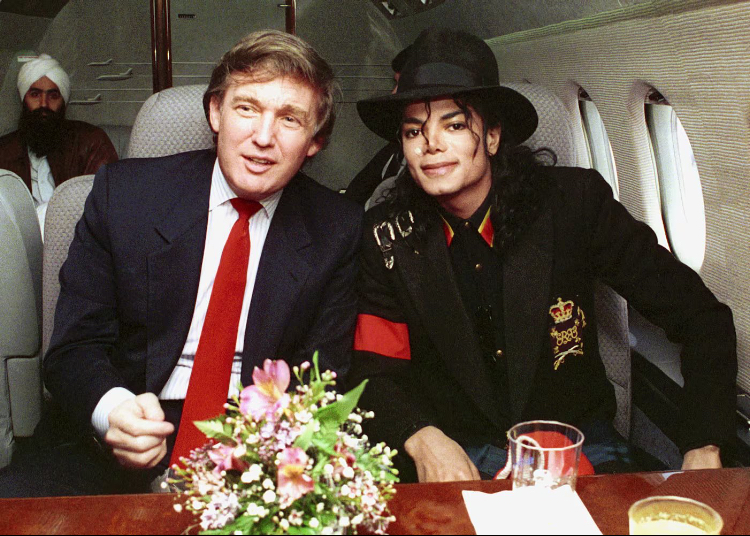In 1990, Donald Trump was $900 million in personal debt.
His businesses were collapsing, and banks were seizing his assets.
But instead of going under, he orchestrated one of the greatest business turnarounds ever.

Here’s how Trump used debt to rebuild his empire:
By the late 1980s, Trump had built a massive real estate portfolio, including iconic properties like Trump Tower and the Plaza Hotel.
But his empire was heavily leveraged, with billions borrowed to fund his projects.
When the economy entered recession in 1990, the real estate market collapsed.
Trump’s assets lost value, his casinos in Atlantic City were losing millions, and interest payments on his loans became unmanageable.
– Trump had personally guaranteed nearly $1 billion of loans.
– His three casinos were bleeding money.
– Banks seized his yacht, the Trump Princess, and other luxury assets.
For most people, this would have been the end.
But Trump saw an opportunity to rewrite the rules.
Trump’s first move wasn’t to declare bankruptcy—it was to renegotiate.
He realized that the banks had a vested interest in keeping him afloat.
If Trump failed, they’d lose billions, as his properties wouldn’t fetch enough in a distressed market.
Trump convinced the banks that his name and ability to attract attention were critical to the value of his assets.
He negotiated extended loan terms, lower interest rates, and additional credit lines to keep his businesses operational.
Trump cut costs aggressively, laying off workers and selling off non-core assets.
By positioning himself as too big to fail, Trump turned his financial disaster into a partnership with the very banks he owed.
Realizing that traditional real estate income wouldn’t be enough, Trump shifted his focus to branding.
The big break came in 2004, when Trump became the host of NBC’s The Apprentice.
It reintroduced Trump to a global audience as a business icon.
Over 14 seasons, Trump earned a reported $213 million from the show.

